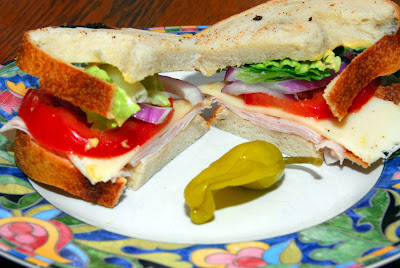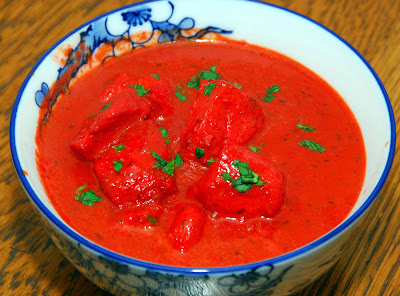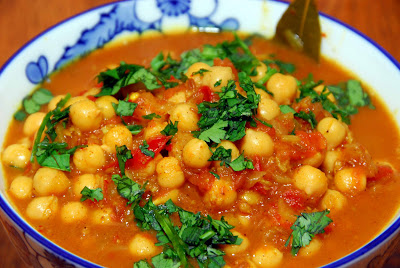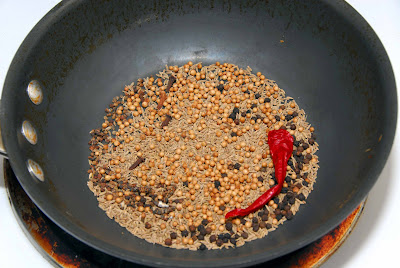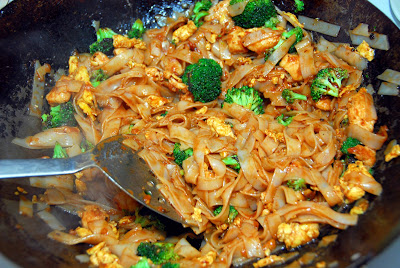Cuisine at Home Beef Stroganoff
My favorite cooking magazine is published in Des Moines. If you want to take your cooking to the next level you should subscribe to Cuisine at Home or at least buy a copy in the book store. My wife spotted a recipe for Beef Stroganoff that makes use of minute steak. Readers know my fondness for the simple cheap meat. Cuisine at Home shows how to make your own cube steak using a special tenderizer. This recipe for stroganoff is awesome. My wife thinks you should mix the sour cream in with everything at the end instead of serving it on top. She also likes the mushrooms cut in half and the big chunks of meat. I like the taste of the sauce a little better in the Gourmet Cookbook version but I like the meat and mushrooms better in this version. Perhaps a hybrid recipe is in order!
Beef Stroganoff
All purpose flour
2T vegetable oil
If using an arm or other beef roast cut in two lengthwise and tenderize both strips. Season with salt and pepper. Dredge in flour and sear well in the vegetable oil. Set aside.
2c button mushrooms
2c cremini mushrooms
1T unsalted butter
2c diced onion
1T tomato paste
Sauté mushrooms in butter until golden. Remove from the pan. Add the onion and tomato paste and sauté.
½ c dry sherry
½ c chicken broth
½ c beef broth
Deglaze the pan with the sherry and simmer until most of the liquid has evaporated. Add the broths and return the beef to the pan. Cover and braise in a 325 degree oven for 45 minutes. Add the mushrooms and continue to braise another 15 minutes. Prepare egg noodles according to the package directions. Top each serving with dilled sour cream by combining 1c sour cream with 4T chopped fresh dill.
Ye Olde Tenderizing Process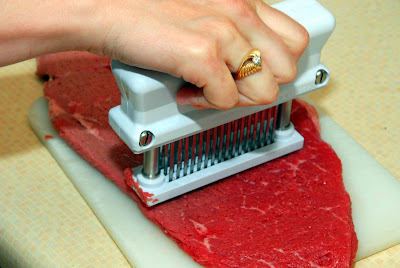 And now for the food shot
And now for the food shot



